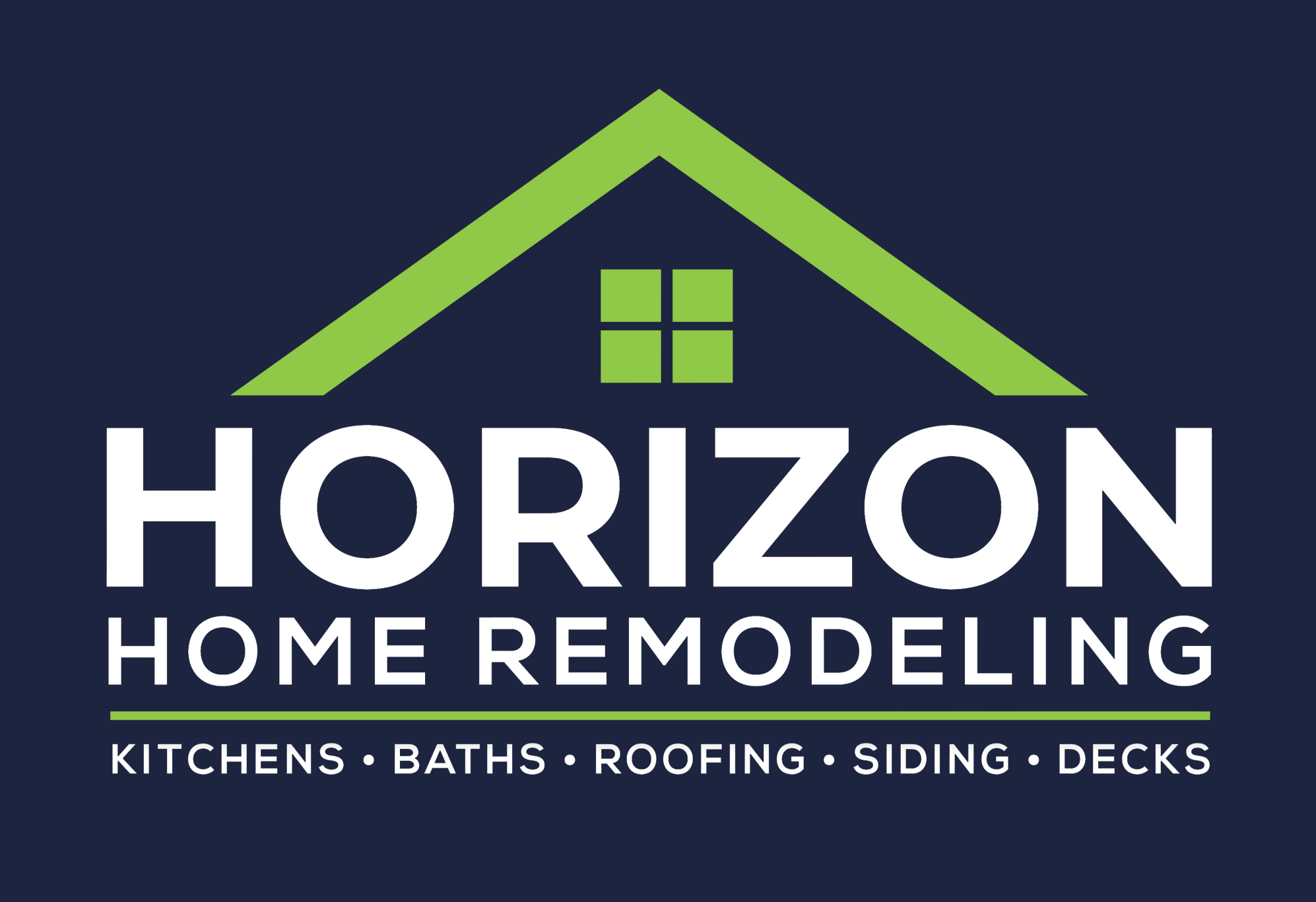Choosing the right siding for your home is crucial, not just for aesthetic reasons but also for protection, energy efficiency, and long-term maintenance costs. With various materials available in the market, it can be overwhelming to decide which one is the best fit for your particular circumstances. This article will explore the pros and cons of the most common siding materials—vinyl, wood, fiber cement, and brick—and help you make an informed decision about which siding is best for your home.
The Importance of Choosing the Right Siding
Before diving into the various materials, it’s essential to understand why siding is more than just an aesthetic choice. The right siding material can:
- Protect your home from weather elements.
- Enhance energy efficiency.
- Increase resale value.
- Minimize long-term maintenance costs.
- Reflect your personal style and architectural trends.
According to the 2021 Cost vs. Value report by Remodeling Magazine, homeowners can recoup 75.6% of their investment in new siding. With such a significant return on investment, making an informed choice is essential.
Vinyl Siding: The Popular Choice
Vinyl siding has long been one of the most popular siding materials in the United States. Known for its affordability and durability, this material is manufactured from polyvinyl chloride (PVC).
Pros of Vinyl Siding
- Cost-effective: Vinyl siding is often cheaper than other materials, making it an attractive option for budget-conscious homeowners. The average cost of installation ranges from $3 to $8 per square foot.
- Diverse Styles: Available in a variety of colors, textures, and profiles, vinyl can mimic other materials such as wood or stone.
- Low Maintenance: It does not require painting and can be easily cleaned with a garden hose.
Cons of Vinyl Siding
- Durability Issues: While vinyl is resistant to moisture, it can fade over time, and extreme heat can warp the panels.
- Environmental Impact: PVC is not biodegradable, and improper disposal can harm the environment.
A case study conducted in Ohio found that homes with vinyl siding reported a 15% reduction in energy bills compared to those with older siding. This makes it a practical option for energy-conscious homeowners.
Wood Siding: The Classic Option
Wood siding offers a timeless, natural look that many homeowners covet. Options include cedar, pine, and redwood, each providing unique characteristics.
Pros of Wood Siding
- Aesthetic Appeal: Wood provides a warmth and beauty that other materials cannot match, enhancing curb appeal.
- Insulation Properties: Wood has natural insulating properties, which can improve energy efficiency.
- Customizable: Wood can be painted or stained in any color, allowing for complete customization.
Cons of Wood Siding
- High Maintenance: Wood siding requires regular painting and treatments to prevent rot, insect damage, and warping.
- Cost: Installation costs vary widely, generally falling between $5 and $10 per square foot, depending on the type of wood.
According to a survey by the National Association of Realtors, homes with wood siding sold for 6% more than similar properties with vinyl siding, indicating the value added by quality materials.
Fiber Cement S
Fiber Cement Siding: The Durable Powerhouse
Fiber cement siding has gained significant popularity as a modern alternative to traditional materials. Composed of cement, sand, and cellulose fibers, this siding option combines durability with aesthetic appeal.
Pros of Fiber Cement Siding
- Exceptional Durability: Resistant to termites, rot, and extreme weather conditions, fiber cement can last over 50 years with proper maintenance.
- Fire Resistance: Unlike wood and vinyl, fiber cement is non-combustible, making it a safer option in fire-prone areas.
- Aesthetic Versatility: It can be designed to mimic wood, stucco, or masonry, giving homeowners a variety of looks to choose from.
Cons of Fiber Cement Siding
- High Installation Cost: Installation costs range from $6 to $12 per square foot, making it one of the more expensive siding options.
- Weight: Fiber cement is heavier than other materials, which may require additional structural support during installation.
A report by the Fiber Cement Analysis group indicates that fiber cement siding can deliver up to 15% savings on energy bills compared to traditional wood siding due to its insulation properties.
Brick Siding: The Timeless Option
Brick siding offers a classic aesthetic and unparalleled durability. Common in many traditional homes, brick provides both aesthetic appeal and structural integrity.
Pros of Brick Siding
- Longevity: Brick siding can last over 100 years with minimal maintenance, making it one of the most enduring choices available.
- Energy Efficiency: Brick has excellent thermal mass properties, helping to maintain a stable indoor temperature and reduce energy costs.
- Low Maintenance: It does not require painting, and the natural weathering adds character over time.
Cons of Brick Siding
- High Costs: Installation expenses typically range from $10 to $20 per square foot, making it one of the pricier options.
- Limited Styles: While bricks are available in various colors, the overall aesthetic options are more limited compared to other materials.
The Brick Industry Association highlights that brick homes can achieve up to a 5% higher resale value versus homes fitted with vinyl or wood siding, underscoring the financial incentive for investing in durable materials.
Comparative Analysis: Cost, Lifespan, and Maintenance
When it comes to choosing siding, several factors come into play, especially cost, lifespan, and maintenance. Here’s a comparative overview:
| Material | Cost (per square foot) | Lifespan | Maintenance Level |
|---|---|---|---|
| Vinyl | $3 – $8 | 20 – 40 years | Low |
| Wood | $5 – $10 | 20 – 40 years | High |
| Fiber Cement | $6 – $12 | 50+ years | Medium |
| Brick | $10 – $20 | 100+ years | Very Low |
Key Considerations for Your Home
Now that we have explored the pros and cons of each siding material, here are some key considerations to guide your decision:
- Climate: Consider your local climate. For wet or humid areas, vinyl and fiber cement are highly recommended for their moisture resistance.
- Budget: Weigh costs against your financial situation. While brick and fiber cement offer long-term savings, their upfront costs are higher.
- Maintenance: Think about the amount of maintenance you are willing to undertake. If you’re not keen on frequent upkeep, vinyl or brick might be better suited for you.
- Home Style: Consider the architectural style of your home. Certain materials lend themselves better to specific styles and can enhance the overall look of your property.
Conclusion
Choosing the right siding for your home is a major decision that can impact your home’s look, value, and longevity. Each material—vinyl, wood, fiber cement, and brick—has its unique advantages and disadvantages, making the choice highly subjective to personal needs and circumstances. Vinyl siding offers affordability and low maintenance, while wood siding provides aesthetics and insulation but requires high maintenance. Fiber cement siding combines durability and fire resistance, albeit at a higher cost, and brick siding delivers timeless elegance and longevity at a premium price.
By considering factors like climate, budget, maintenance, and architectural style, you can make a well-informed choice that best fits your home and lifestyle. Remember, the right siding not only protects your home but also reflects your personal style and values.



